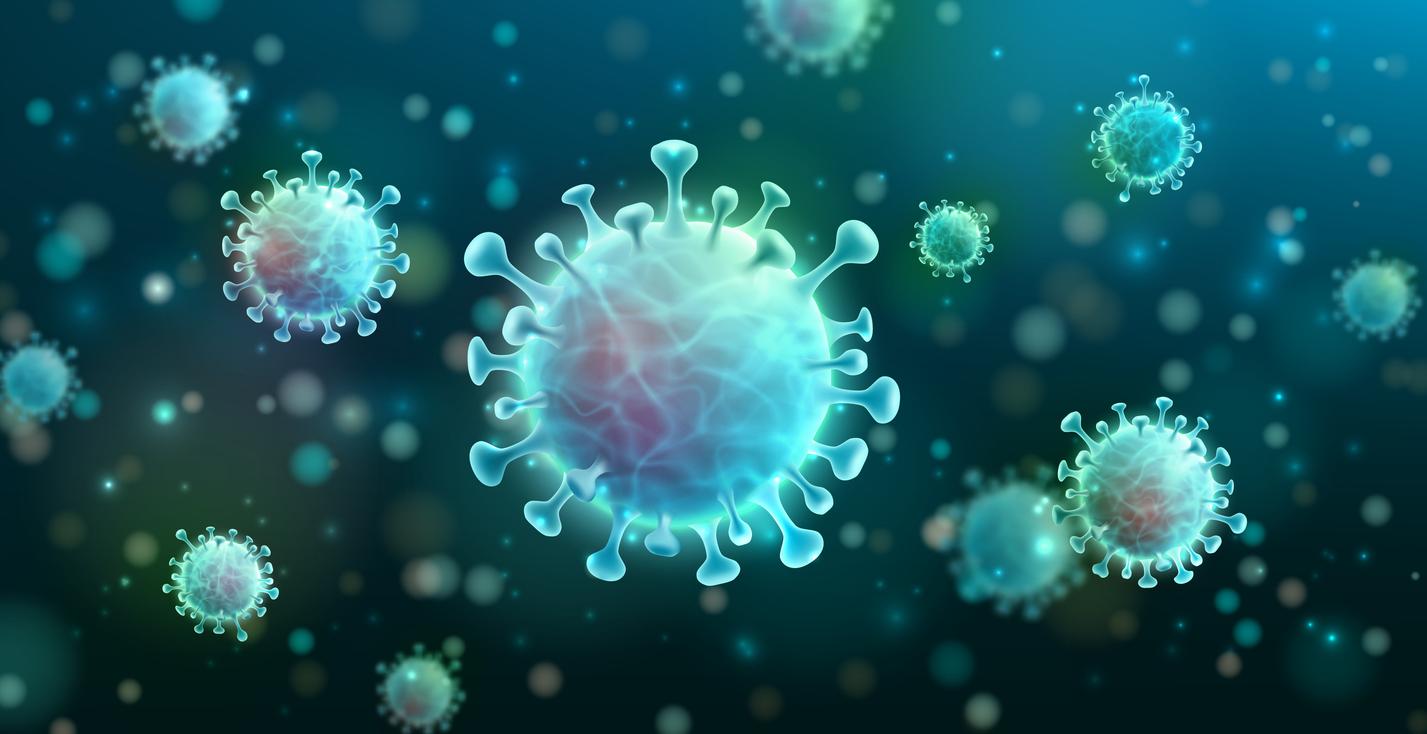The Mpox virus is now causing increasing concern due to its rapid mutations. As the world attempts to recover from the COVID-19 pandemic, Mpox could evolve into an even more serious threat.

- The Mpox virus mutates rapidly, creating new, potentially more dangerous strains.
- Differences with COVID-19 show that Mpox requires specific management strategies.
- A coordinated global response is essential to contain the spread of the virus and protect public health.
Mpox, also known as “monkey pox,” is a virus that until recently was largely confined to parts of central and western Africa. However, since 2022, a global outbreak has revealed the virus’s ability to spread far beyond its traditional borders. The World Health Organization (WHO) has reported that subclade IIb of the virus has been responsible for this global outbreak. But this is just the tip of the iceberg. Experts fear that the virus is mutating faster than expected, making its management increasingly complex.
The mechanisms of Mpox mutation
Like any virus, Mpox has the ability to evolve over time through genetic mutations. These mutations occur as the virus replicates within host cells. Typically, mutations can be harmless, but some can give the virus new abilities, such as improved transmission between humans or increased resistance to treatments or vaccines.
Of particular concern is the recent discovery of a mutation in Mpox called APOBEC3. This mutation, experts say, could potentially make the virus more virulent, increasing its ability to cause serious illness. In addition, it could reduce the effectiveness of current vaccines, making the fight against the disease even more difficult.
The case of clade I is particularly alarming. While clade II took about five years to evolve and become more transmissible in humans, clade I made this transformation in less than a year. This suggests that Mpox may be mutating at a much faster rate than expected, making it difficult to predict its severity and to implement effective measures to counter it.
Comparison with the COVID-19 virus
It’s impossible to discuss viral mutations without thinking about COVID-19, another disease caused by a virus that has rapidly evolved to create new strains. However, while both viruses are capable of mutating, there are significant differences between them.
First, the Mpox virus belongs to the orthopoxvirus family, while SARS-CoV-2, which causes COVID-19, is a coronavirus. These two virus families have different genetic structures, which influences how they mutate. For example, coronaviruses like SARS-CoV-2 have an error-correcting mechanism when they replicate, which limits the number of mutations. In contrast, Mpox, like most orthopoxviruses, does not have this mechanism, which could explain why it seems to mutate more quickly in certain circumstances.
Additionally, while COVID-19 is primarily transmitted through respiratory droplets, Mpox is typically spread through direct contact with an infected person’s broken skin or contaminated materials. However, new strains of Mpox, such as clade I and IIb, show signs of being more easily transmitted between humans, which could make its spread more similar to that of SARS-CoV-2.
Implications for public health
The rapid mutation of Mpox and the potential emergence of new, more virulent strains pose a major challenge to global public health. Vaccines currently used to prevent Mpox may no longer be effective against these new strains, requiring the development of new vaccines and treatments.
The case of Congo, where more than 18,000 suspected cases of clade I and clade Ib Mpox have been reported this year, underscores the gravity of the situation. With 615 deaths recorded, it is clear that the virus is capable of causing severe and fatal disease, especially in areas where access to care is limited.
A spread that is difficult to control
Experts, such as Dr. Dimie Ogoina of the Niger Delta University Teaching Hospital, stress the importance of understanding this outbreak in order to respond effectively. Without a thorough understanding of transmission dynamics and the risks associated with new mutations, it will be difficult to control the spread of the virus and minimize its impact on vulnerable populations.
The rapid mutation of Mpox makes it a growing threat to global health. The differences with COVID-19 show that each virus poses unique challenges. It is essential to remain vigilant and invest in research to anticipate and respond to Mpox mutations, in order to avoid a health crisis of a similar magnitude to that of COVID-19.

















